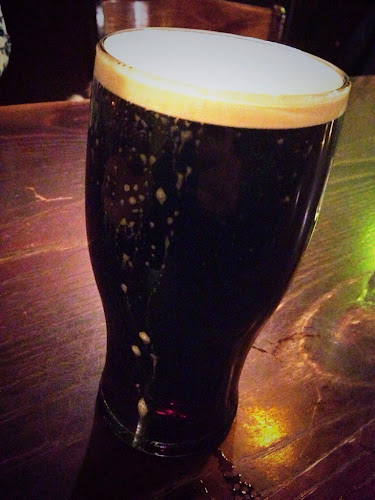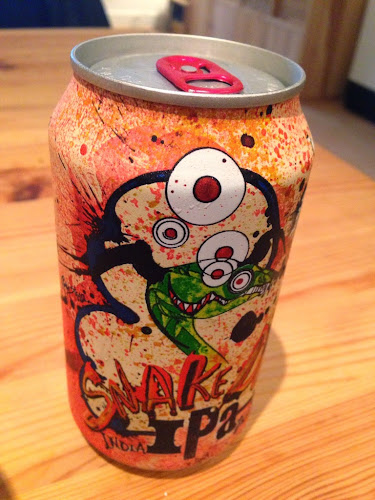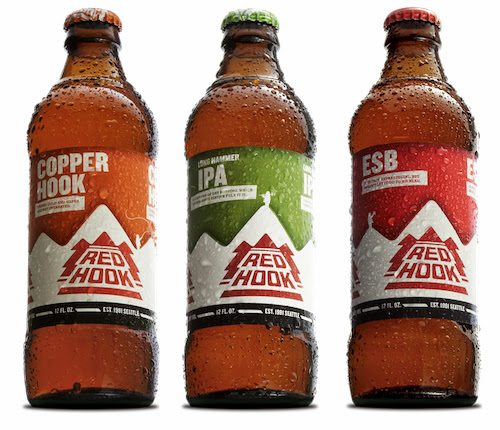How much does the setting, atmosphere, or surroundings affect our drinking experience of beer?
Neil, Eating isn't Cheating
Monday, April 28, 2014
I read with interest an excellent piece on the BBC website recently about how our surroundings, specifically colours and sounds, can affect the way we interpret the flavour of a drink. One of the examples cited is single malt whiskey, where bright green surroundings will bring out the grassy notes of the drink, whereas a wooden floor or crackling fire will evoke thoughts, and therefore flavours, of wood and smoke.
"Neurogastronomy is based on the realisation that everything we eat or drink is processed by our senses. We see it, we hear it, we smell it, we taste it, we feel it. All those senses come together."
It’s an interesting idea, which in many ways is actually very common-sense when you think about. How many times have you been drinking a beer and there’s a flavour you can’t put your finger on, then someone says ‘grapefruit’, ‘chestnut’ or even ‘soy sauce’ and suddenly it’s all you can taste? This is the same thing, albeit done in a much more subtle, almost subliminal way.
I think it’s safe to say that the setting of where and when you drink a beer can have a huge affect on how much you enjoy it, or at the very least will sway your decision in terms of what beer to choose.
This bank holiday Sunday I spent a good few hours wandering around St Albans with my father-in-law, ducking in and out of pubs to avoid the frequent showers and enjoy a number of cask ales along the way. The gloomy weather very much put me in the mood for stronger, darker beers, with the Hop Back Brewery Entire Stout being on fantastic form in the ever-reliable White Hart Tap.
As a hophead it was a strange feeling to be leaning towards malt at the pump-clips, but that’s what the setting can do to your preferences in my experience. There’s just something about drinking a pint of smokey, dry, yet malt led stout in a cosy pub when the rain is lashing down outside. It’s as perfect a drinking experience as enjoying a hoppy pale ale in the sunshine for me.
So was the Entire Stout on particularly spanking form or did the setting play a contributing factor in my enjoyment of it? I’d hazard a guess at it being a little bit of both.
"Neurogastronomy is based on the realisation that everything we eat or drink is processed by our senses. We see it, we hear it, we smell it, we taste it, we feel it. All those senses come together."
It’s an interesting idea, which in many ways is actually very common-sense when you think about. How many times have you been drinking a beer and there’s a flavour you can’t put your finger on, then someone says ‘grapefruit’, ‘chestnut’ or even ‘soy sauce’ and suddenly it’s all you can taste? This is the same thing, albeit done in a much more subtle, almost subliminal way.
I think it’s safe to say that the setting of where and when you drink a beer can have a huge affect on how much you enjoy it, or at the very least will sway your decision in terms of what beer to choose.
This bank holiday Sunday I spent a good few hours wandering around St Albans with my father-in-law, ducking in and out of pubs to avoid the frequent showers and enjoy a number of cask ales along the way. The gloomy weather very much put me in the mood for stronger, darker beers, with the Hop Back Brewery Entire Stout being on fantastic form in the ever-reliable White Hart Tap.
As a hophead it was a strange feeling to be leaning towards malt at the pump-clips, but that’s what the setting can do to your preferences in my experience. There’s just something about drinking a pint of smokey, dry, yet malt led stout in a cosy pub when the rain is lashing down outside. It’s as perfect a drinking experience as enjoying a hoppy pale ale in the sunshine for me.
So was the Entire Stout on particularly spanking form or did the setting play a contributing factor in my enjoyment of it? I’d hazard a guess at it being a little bit of both.



















